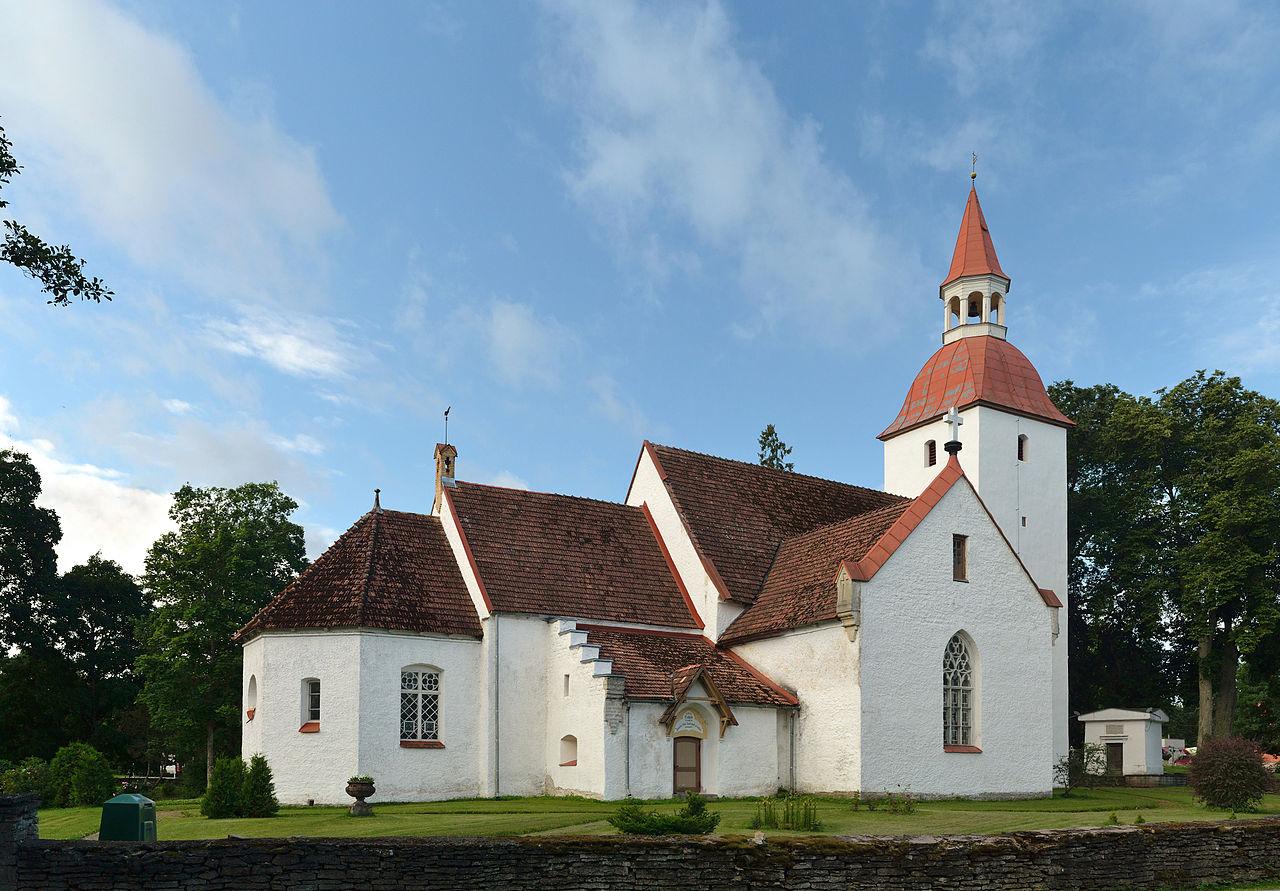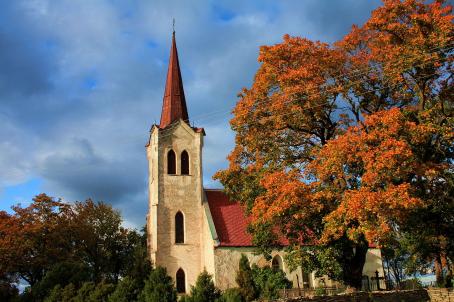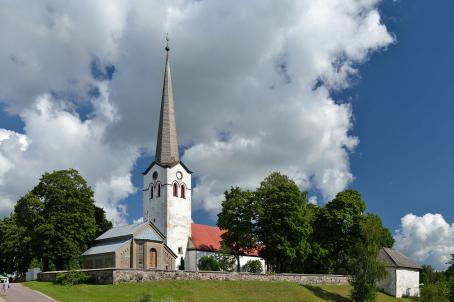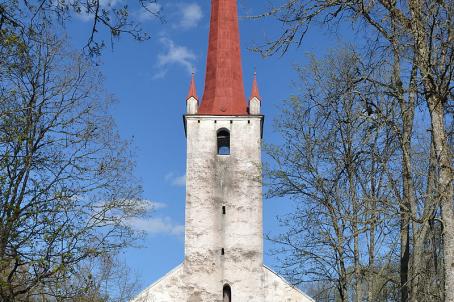St. Lawrence Church

St. Lawrence Church is a church built by the Cistercians at the end of the 13th century. According to legend, the builder of the church was the martyred monk Laurentius, who was burnt at the stake by the pagans. Probably in the second quarter of the 15th century, master builders from Tallinn were commissioned to vault the sanctuary. During the Livonian War (1564) the vaults and pillars were destroyed. The church also suffered from the Great Northern War, when, among other things, the church bells were taken away. The present Baroque bell tower was built in 1760, and a comprehensive reconstruction took place in 1889-90 under the direction of Friedrich Axel von Howen.





